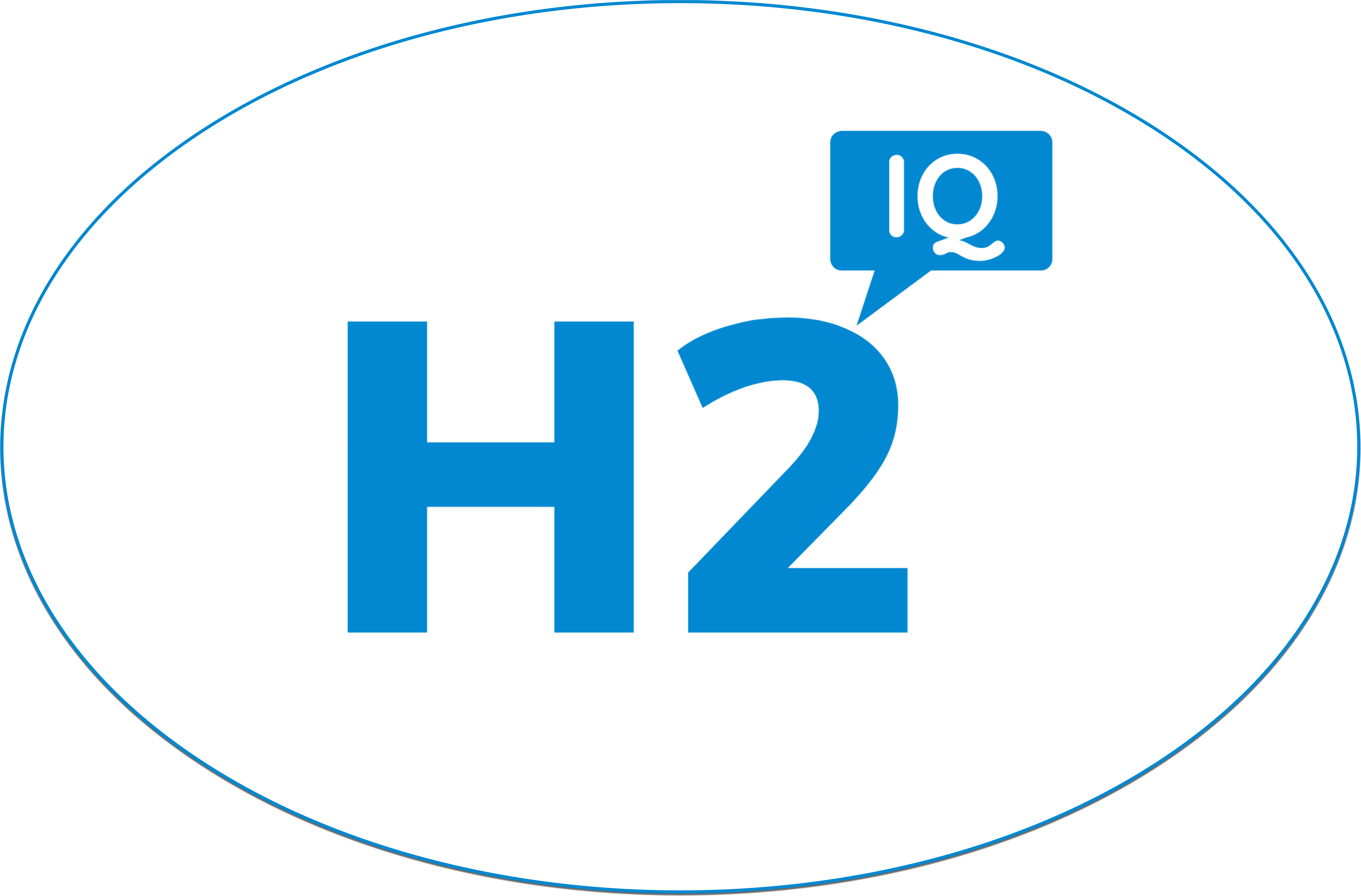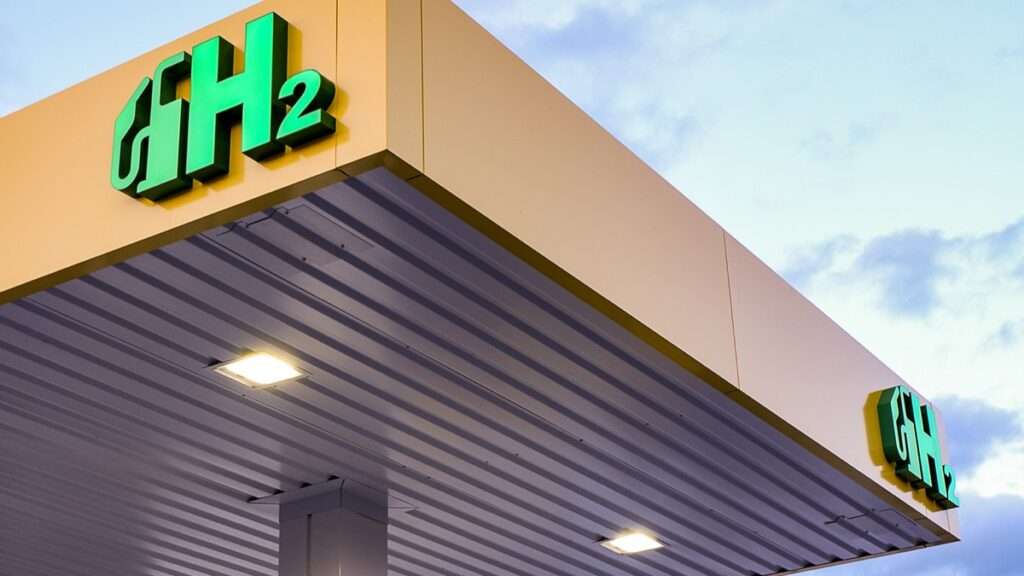Hydrogen supplied at fueling stations must comply with laws in the areas they serve. This has resulted in the creation of several H2 sampling methods used to test the quality of the hydrogen fuel. This article discusses common hydrogen sampling practices currently in use.
Hydrogen sampling strategies
This article looks at two H2 fuel sampling strategies:
- “Gas serial”
- “Gas parallel”
The gas serial method takes samples directly into a sampling cylinder or tank. The gas parallel strategy uses a tee-connection to fill the sampling cylinder and a fuel cell electric vehicle (FCEV) or receptacle larger than the sampling cylinder. The methods used for each strategy are discussed in greater detail below.
Gas serial hydrogen sampling strategies
Four sample methods use the “gas serial” strategy. These include:
- ASTM D7606-17 method
- Air Liquide sampling device
- Japanese approach
- ENGIE sampling device
ASTM D7606-17 method
This method is currently used in the United States. It involves connecting a hydrogen refuelling station (HSR) nozzle to a stainless steel, double-ended valve sampling cylinder (known as the Hydrogen Quality Sampling Apparatus) and venting the hydrogen to the atmosphere in an exhaust stack.
The system consists of a high-pressure section (max 1000 bar of pressure) and a low-pressure section (max 140 bar), where the sampling cylinder is located. The cylinder is filled with hydrogen to a pressure of 69 bar to obtain a sample.
Next, 1 kg of hydrogen fuel is purged through the sampling containers to remove traces of moisture. After sampling, venting is performed, and the sampling cylinders are removed. The hydrogen is then released through a valve or ventilation assembly. Typically two or three samples are taken to get an accurate estimate of contamination in the system.
The method is suitable for stations delivering hydrogen fuel at 350 and 700 bar. Sulfinert® has also developed a sampling device compliant with ASTM D7606-17.
Air Liquide sampling device
The function of the Air Liquide sampling device is to measure the humidity and sample hydrogen for quality control.
The method involves venting hydrogen through a mobile vent. It begins by connecting an HSR nozzle to the sampling cylinder (a double-ended aluminum cylinder with double-ended stainless steel valves). Next, the cylinder is filled with hydrogen to a pressure of 150 bar. Once filled, the valves are closed, and the sampling devices are vented.
To clean the sampling container, it is emptied and flushed with nitrogen and hydrogen. It is then filled with residual hydrogen.
Specific safety procedures must be followed to minimize risks when using this method. These include:
- Connecting the device directly to the station’s vent or equipping a portable vent pipeline
- Equipping sample devices with an anti-whip cable
- Ensuring the flow path has a check valve connected to a vent system
- Ensuring the sampling containers have a check valve and are engraved with the letter “H” to indicate the compatibility of the steel (per European agreement for carrying dangerous goods)
- Connecting the device to electric ground to avoid electrostatic discharge
Additionally, a cleaning procedure must take place before sampling. This consists of pressurization and venting events or a flush.
Japanese approach to H2 fuel sampling
The system for this method of h2 sampling consists of a receptacle, pressure regulator, safety release valves, a sampling cylinder (made from manganese steel with a polished inner surface and stainless steel valves), a pressure sensor, and a temperature sensor.
The procedure involves hydrogen (at a maximum of 120 bars) going into the cylinders. After enough hydrogen has been sampled, the cylinder is cleaned with hydrogen and kept under a vacuum. It is also purged through a venting system.
ENGIE sampling device
This method uses a device developed by ENGIE that is suitable for use at hydrogen stations delivering fuel at 350 and 700 bar. The device also allows for online analysis of oxygen and water.
The sampling device consists of three lines that are connected to vent systems:
- Line A: 55L tank to simulate an FCEV
- Line B: dedicated to the analysis of oxygen and water after pressure reduction
- Line C: used to fill the sampling cylinder (preferably made from stainless steel with two-ended valves) after pressure reduction
The device also has three inlet valves used for sampling at 350 bars, sampling at 700 bar, and preparations and cleaning
Cleaning after sampling involves purging to ten times the volume of the cylinder and flushing with nitrogen to remove excess hydrogen.
Gas parallel hydrogen sampling strategies
Two sampling methods fall under the “gas parallel” strategy. The devices used for these methods include:
- Linde Qualitizer
- Hy-SaM sampling device
Methods using a Linde Qualitizer
This method uses a device called a “Qualitizer” created by Linde. Sampling is performed while a vehicle is being refueled.
The sampling system consists of a:
- nozzle
- tee fitting
- vehicle and receptacle
- sampling cylinder with a pressure regulator and release valve (one-ended valve made from aluminum with a stainless steel valve or SPECTRA-SEAL® cylinders)
Sampling preparation is performed differently by certain companies. For example, Linde uses pressure swing purges with nitrogen and helium. SINTEF pressurizes sampling cylinders with ultra-high purity hydrogen three times. NPL uses a seven-step method (described here) that involves the outgassing of air, moisture, and other contaminants.
The sampling procedure takes place when a hydrogen vehicle is being refueled. The car’s tank must be almost empty, so there is enough time for the pressure in the cylinder to reach at least 50 bar. This process takes about three to five minutes.
The Qualitizer must be purged after sampling. Methods to do this include:
- Start the sampling procedure, but stop within 15 seconds and depressurize with a bleed valve
- Perform the sampling procedure without connecting the device to a vehicle. The station will shut off hydrogen and depressurize with a bleed valve.
- Pre-fill the cylinders with ultra-high purity hydrogen to a pressure of 2 bar. The overpressure purges the Qualitizer to remove residual air (this is the method used by NPL)
Hy-SaM sampling device
Sampling systems using the Hy-SaM sampling device are divided into three modules:
- Module 1: contains all parts needed to sample three cylinders while fueling a vehicle
- Module 2: is a mobile vent.
- Module 3: contains a buffer tank with safety components.
For module 1, a nozzle is connected to a sampling receptacle of a hydrogen vehicle. Sampling done through module 2 can be performed without needing to refuel a car. Also, the vent line from modules 1 and 3 can be connected to module 2 or a fuel station vent line.





